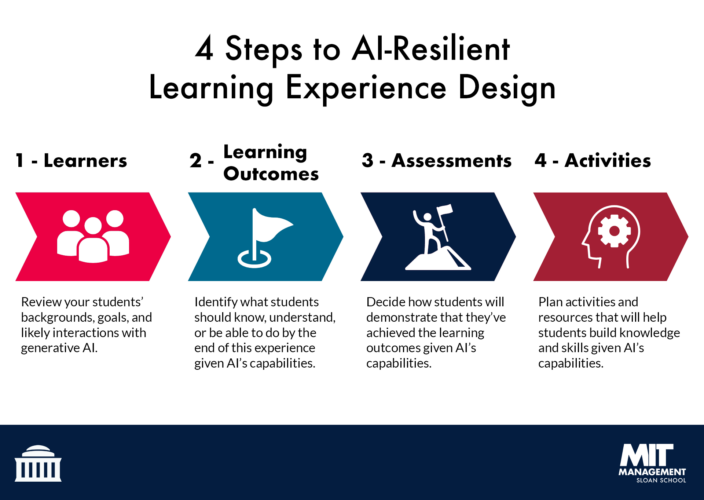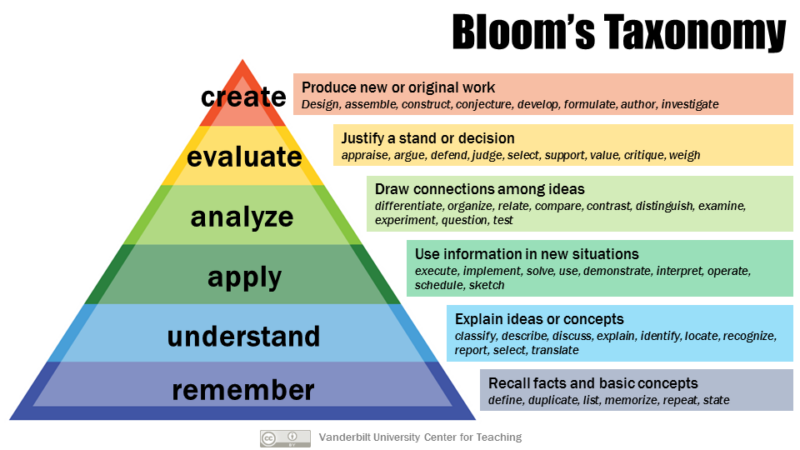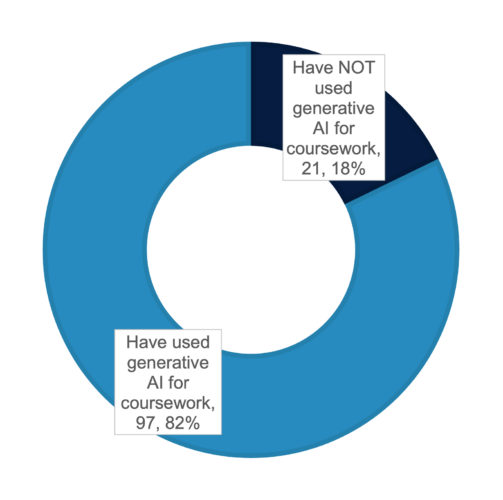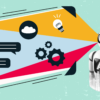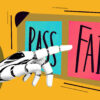References
Armstrong, P. (2010). Bloom’s taxonomy. Vanderbilt University Center for Teaching. https://cft.vanderbilt.edu/guides-sub-pages/blooms-taxonomy
Bowen, R. (2017). Understanding by design. Vanderbilt University Center for Teaching. https://cft.vanderbilt.edu/understanding-by-design
Brame, C. (2016). Active learning. Vanderbilt University Center for Teaching. https://cft.vanderbilt.edu/active-learning
Center for Innovative Teaching and Learning. (n.d.). Authentic assessment. Indiana University Bloomington. https://citl.indiana.edu/teaching-resources/assessing-student-learning/authentic-assessment/index.html
Center for Innovative Teaching and Learning. (n.d.). Summative and formative assessment. Indiana University Bloomington. https://citl.indiana.edu/teaching-resources/assessing-student-learning/summative-formative/index.html
Delphi Center for Teaching and Learning. (n.d.). Use Bloom’s taxonomy to align assessments. University of Louisville. https://louisville.edu/delphi/resources/-/files/resources/pages/Blooms-Taxonomy-Handout.pdf
Dell’Acqua, F., McFowland, E., Mollica, E., Lifshitz-Assaf, H., Kellogg, K., Rajendran, S., Krayer, L., Candelon, F., & Lakhani, K. (2023). Navigating the jagged technological frontier: Field experimental evidence of the effects of AI on knowledge worker productivity and quality (Harvard Business School Technology & Operations Mgt. Unit Working Paper No. 24-013). https://dx-doi-org.ezproxyberklee.flo.org/10.2139/ssrn.4573321
DesLauriers, L., Schelew, E., & Wieman C. (2011). Improved learning in a large-enrollment physics class. Science 332: 862-864. https://www.science.org/doi/10.1126/science.1201783
Freeman, S., Eddy, S., McDonough, M., Smith, M., Okoroafor, N., Jordt, H., & Wenderoth, M. (2014). Active learning increases student performance in science, engineering, and mathematics. Proceedings of the National Academy of Sciences 111(23). https://www.pnas.org/doi/full/10.1073/pnas.1319030111
Genone, J., & Hughes, S. (2023). Integrating Artificial Intelligence [White paper]. Minerva Project and the Edmond de Rothschild Bridge for Higher Education and Employment. https://www.minervaproject.com/white-paper/integrating-artificial-intelligence
Jensen, J., Kummer, T., & Godoy, P. (2017). Improvements from a flipped classroom may simply be the fruits of active learning. CBE—Life Sciences Education, 14(1). https://www.lifescied.org/doi/full/10.1187/cbe.14-08-0129
Leibovitz, S., Lifshitz-Assaf, H., & Levina, N. (2022). To engage or not to engage with AI for critical judgments: How professionals deal with opacity when using AI for medical diagnosis. Organization Science 33(1), 126-148. https://doi-org.ezproxyberklee.flo.org/10.1287/orsc.2021.1549
Mollick, E. (2023). Centaurs and cyborgs on the jagged frontier. One Useful Thing. https://www.oneusefulthing.org/p/centaurs-and-cyborgs-on-the-jagged
Rankin, J. (2024, January 11). GenAI in course design. [PowerPoint presentation]. MIT Canvas.
Shaw, C., Bharadwaj, R., NeJame, L., Martin, S., Janson, N., & Fox, K. (2023). Time for class 2023: Bridging student and faculty perspectives on digital learning. Tyton Partners. https://tytonpartners.com/time-for-class-2023-bridging-student-and-faculty-perspectives-on-digital-learning
Teaching + Learning Lab. Where to start: Backward design. https://tll-mit-edu.ezproxyberklee.flo.org/teaching-resources/course-design/where-to-start-backward-design
Wiggins, G. (1998). Ensuring authentic performance. In Educative assessment: Designing assessments to inform and improve student performance (pp. 21-42). Jossey-Bass.
